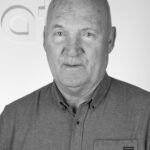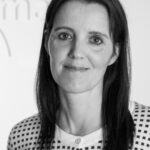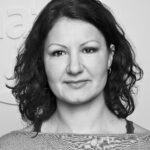Comparison of transport modes and packaging methods for fresh fish products - storage life study and life cycle assessment
There is a great benefit in improved control of the value chain of exports of fresh fish knuckles for distribution in retail chains in the UK. Improved packaging methods could increase the shelf life of a product, which is fundamental to this business. With an airtight container, it would be possible to transport the product in a sludge tank with a low temperature (down to -1 ° C), which would both reduce the transport cost significantly and could also extend the shelf life of the product. The method also provides the option of packaging with consumer information, which makes further packaging abroad unnecessary. In air transport, it would be possible to pack all goods in a 12 kg foam box instead of 3 kg, as is most common today, thus saving significant transport costs. Temperature measurements, sensory evaluation, chemical and microbial measurements and life cycle analysis were used to compare different packaging solutions for sea and air transport. Fresh haddock pieces in vacuum-packed containers in a container with slush ice, which were stored at a typical temperature in container transport, turned out to have a shelf life of 3-4 days longer than the other experimental groups, probably mainly due to better temperature control. Consistency between the results of sensory evaluation and microbiological measurements was generally good. The lowest environmental impact of all groups was the pot group with sea-transported, vacuum-packed packaging, but this design could be further improved with regard to the mixing of the ice scraper and fish temperature control and thus the shelf life.
The aim of the project was to compare alternative packaging methods of fresh fish loins to the traditional packaging. Comparison was made between packages in terms of temperature control and product storage life by simulating air and sea transport from Iceland to UK in air climate chambers. The evaluation was made by the sensory panel and microbialand chemical analysis by the Matís laboratory in Reykjavík. Furthermore, the environmental impact of the aforementioned transport modes and packaging methods was assessed by means of LCA (Life Cycle Assessment). About 70–75% of Iceland's exports of fresh fillets and loins are transported by air and the rest by container ships. Increased knowledge on the advantages and disadvantages of the packages used for this fresh fish export will facilitate the selection of packages and improve the quality and storage life of the products. By using vacuum-packaging it is possible to use 12 kg packages in air freight instead of the traditional 3– 5 kg packages; but the market is increasingly demanding smaller individual packages. Sea transported larger packages use less space in shipping, lowering freight cost and environmental impact. Vacuum packed haddock loins immersed in slurry ice in a fish tub stored at sea transport temperature conditions proved to have a 3–4 day longer storage life than all the other experimental groups, probably mainly because of better temperature control. Good agreement was obtained between the sensory- and microbial evaluation. Finally, the sea transport-tub-group was found to be the most environmentally friendly and could be improved with regard to product temperature control and thereby storage life.






